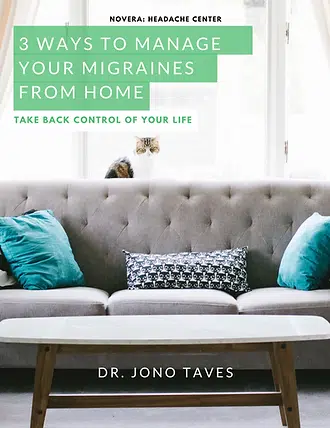 Chronic pain is a complex and often misunderstood condition that affects millions of people worldwide. Unlike acute pain, which is a direct response to an injury and usually resolves as the injury heals, chronic pain persists for an extended period, often without a clear underlying cause. This type of pain can significantly impact one’s quality of life, making daily activities a challenge. Understanding the nature of chronic pain, especially in relation to headaches and migraines, can be crucial for managing it effectively.
Chronic pain is a complex and often misunderstood condition that affects millions of people worldwide. Unlike acute pain, which is a direct response to an injury and usually resolves as the injury heals, chronic pain persists for an extended period, often without a clear underlying cause. This type of pain can significantly impact one’s quality of life, making daily activities a challenge. Understanding the nature of chronic pain, especially in relation to headaches and migraines, can be crucial for managing it effectively.
Chronic Pain Mechanisms
Pain is a signal sent by the nervous system to alert the brain to potential damage or injury. When tissue damage occurs, nerves in the affected area send signals through peripheral nerves to the brain, which then interprets these signals as pain.
In a normally functioning pain system, the brain responds appropriately to harmful stimuli, such as stepping on a nail, by focusing attention and resources on the injury. However, in chronic pain conditions, the sensitivity to pain remains elevated even after the initial injury has healed. This heightened sensitivity can cause normal activities and movements to become painful, as the nervous system becomes hyper-reactive to stimuli.
For individuals with headaches and migraines, chronic pain can manifest as daily headaches or continuous pain without a specific pattern. This pain might start in one area and then spread, affecting other parts of the body or leading to additional symptoms like sensitivity to light and sound, or even nausea and digestive issues.
The Role of the Brain in Pain Perception
The brain plays a critical role in how pain is perceived and managed. It acts like the CEO, receiving pain signals and deciding how to respond. When the brain cannot find a solution to stop the pain, it may keep the pain signal active, leading to a persistent state of pain. This ongoing focus on the pain area can affect other brain functions, such as concentration, memory, and emotional well-being.
Environmental factors and emotional states, such as stress and anxiety, can exacerbate chronic pain. The lack of understanding or effective treatment options can further heighten the brain’s attention to the pain, creating a cycle that is hard to break.
Practical Steps for Managing Chronic Pain
Understanding the mechanisms behind chronic pain can empower individuals to take steps to manage it more effectively. Here are some practical strategies:
- Education and Understanding: Gaining knowledge about how pain works and the factors contributing to it can reduce anxiety and help in managing chronic pain.
- Aerobic Exercise: Engaging in regular physical activity, such as walking for 10 to 20 minutes, can have a calming effect on the nervous system and help reduce pain sensitivity.
- Treating the Underlying Problem: Identifying and addressing the root cause of pain, such as neck tension or improper posture, is crucial. Simply managing symptoms without treating the underlying issue may not provide long-term relief.
- Holistic Approaches: Combining pain education with physical therapy, stress management, and other holistic treatments can create a supportive environment for the brain and body to heal.
Chronic pain, particularly headaches and migraines, can be debilitating, but with the right knowledge and approach, it is possible to manage and reduce its impact on daily life. For those struggling with persistent headaches or migraines, seeking specialized care and understanding the multifaceted nature of pain can make a significant difference.
Resources and Support
For more information and personalized treatment options, consider reaching out to headache and migraine specialists. Resources such as the book “Why Do I Hurt?” by physical therapist Adriaan Louw can also provide valuable insights into understanding and managing pain.
Remember, you are not alone in this journey. With the right support and strategies, you can take control of your pain and improve your quality of life. If you have specific questions or need further assistance, feel free to contact us at Novera: Headache Center. We are here to help you break free from the cycle of chronic pain and dependence on medication.




